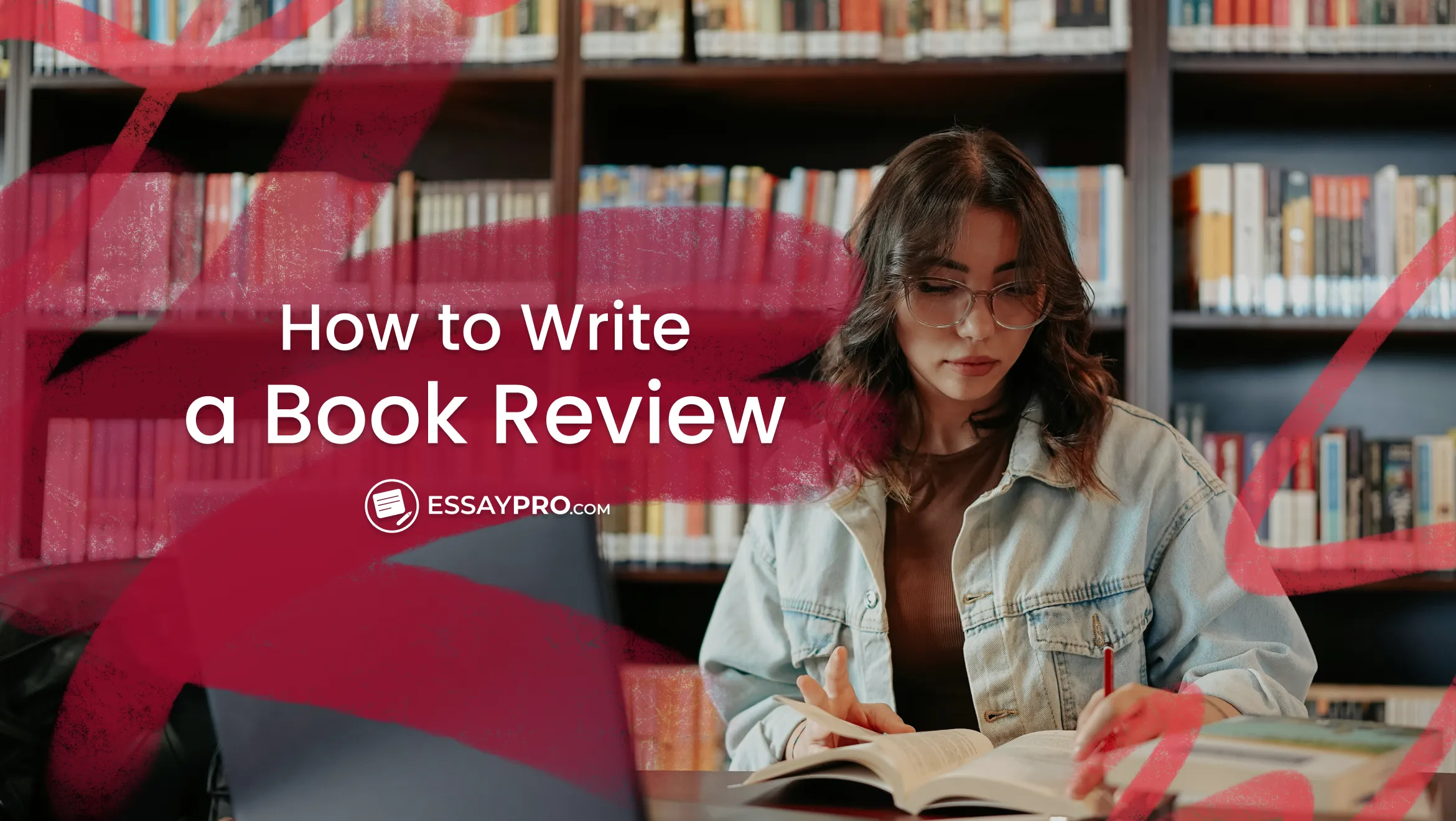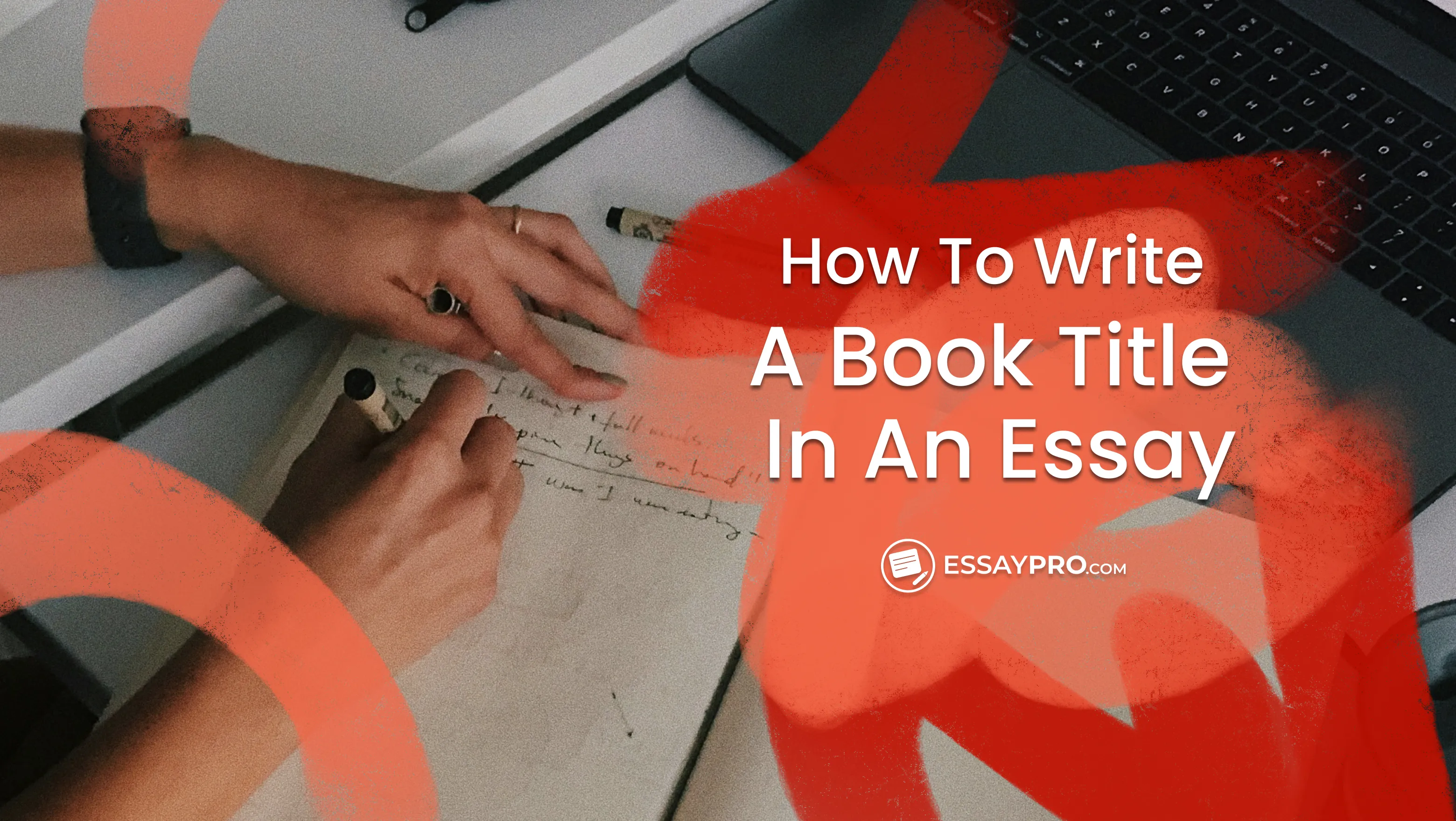While a resume is supposed to open doors, the wrong kind can slam them shut. Employers don't take long to decide, and a clumsy layout or vague wording makes that decision even faster. Then, you start to spiral, thinking whether you were the problem or the paper in front of them. Spoiler: it was probably the paper.
Not to worry, that's exactly why we're here. This article will teach you what it takes to create a CV based on examples of bad resumes. And if you still struggle to write one, know that EssayPro’s professional resume writing services are always in your corner!


💬 Swap Your Resume Struggles in the EssayPro Community
Resumes are tricky. You rarely know if yours works until weeks pass without a reply. By then, doubt creeps in, not knowing what it was that sounded just like everyone else. It's hard to judge your own page when you've stared at it too long.
That's why the EssayPro Community can be a relief. You can throw your draft into the mix and get honest feedback on it. Do that, and you’ll see how your resume will feel like a shared effort.
Bad Resume Examples: The Mistakes That Cost You Opportunities
A single misspelled word in your resume can push your application to the bottom of the stack. Hiring managers don't usually explain why they pass, so that's why seeing the worst resumes can help. They show, in black and white, how tiny flaws end up stealing real chances.
Resume with Spelling Mistakes
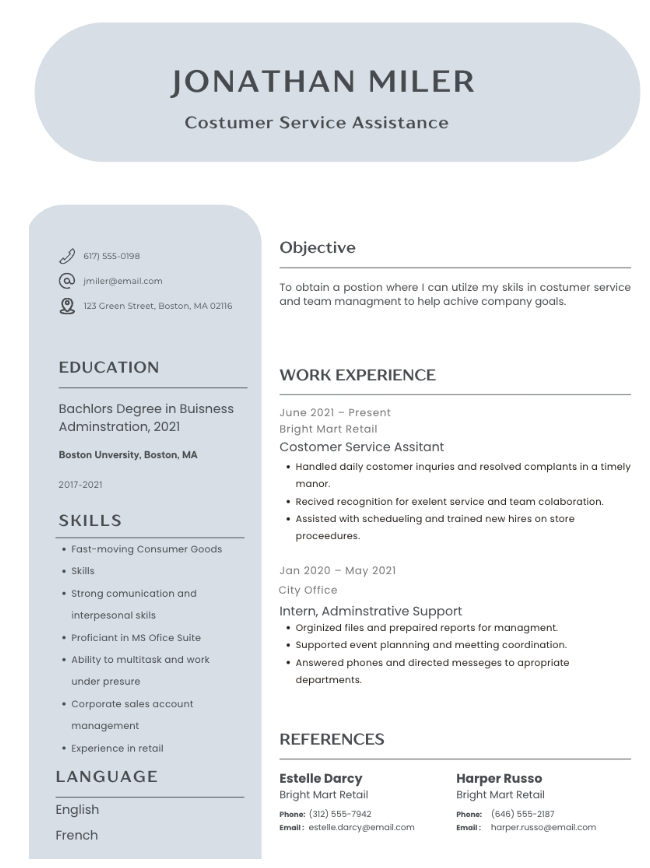
Why Doesn't This Resume Work?
Spelling errors scream carelessness. Even if the experience is solid, mistakes like managment or presure make it look rushed. Employers start to wonder if the same lack of attention will appear on the job.
Resume Without Demonstrated Achievements
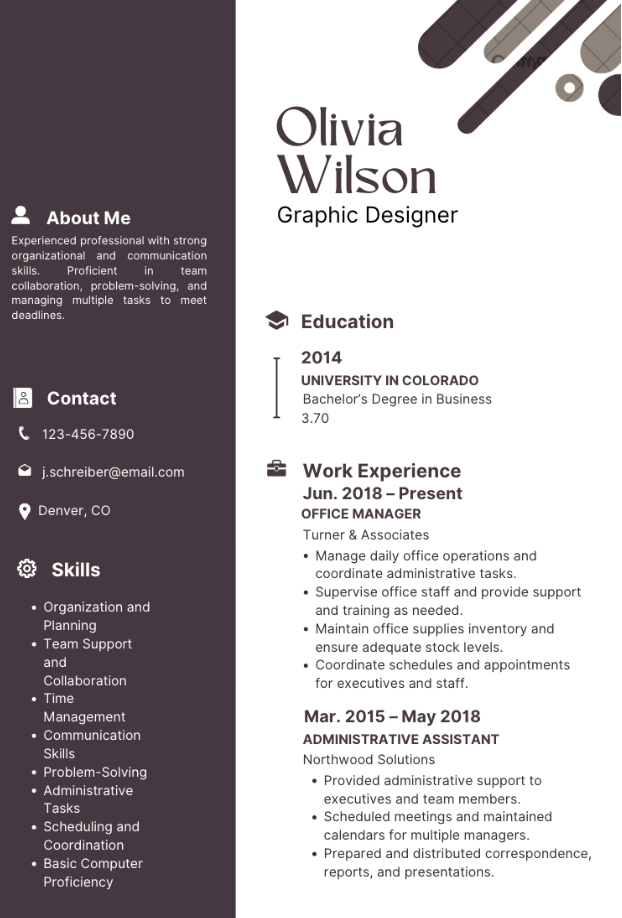
Why Doesn't This Resume Work?
Anyone can say they were "responsible for" reports or "in charge of" filing. That doesn't tell an employer what actually got done. Without clear results (numbers, improvements, or even a story of something finished), the whole page feels hollow.
Resume with an Inappropriate Font
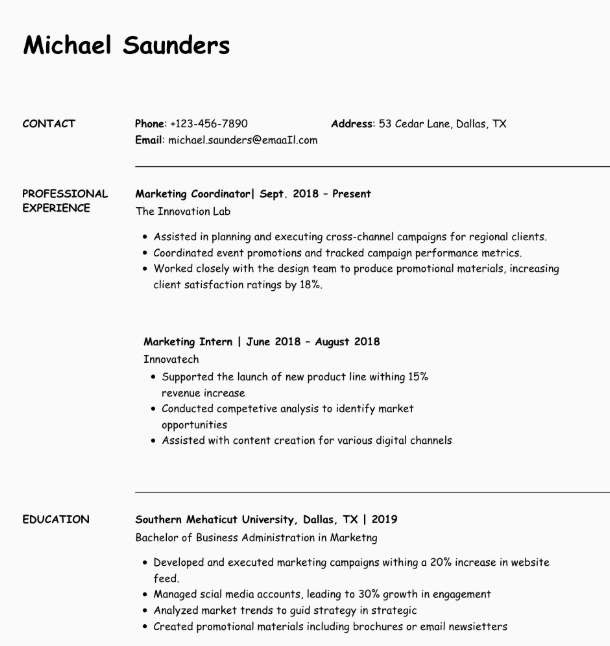
Why Doesn't This Resume Work?
The words are fine. The professional experience is there. The problem here is the font that screams "child's birthday invitation" instead of "professional candidate." Comic Sans is one of the first on the list of bad resume fonts. The design looks sloppy and unserious, so the recruiter can only assume the applicant is, too. Here are some fonts that would be appropriate for a resume:
- Times New Roman
- Georgia
- Helvetica
- Arial Narrow
- Calibri
- Cambria
Resume with Irrelevant Hobbies instead of Qualifications
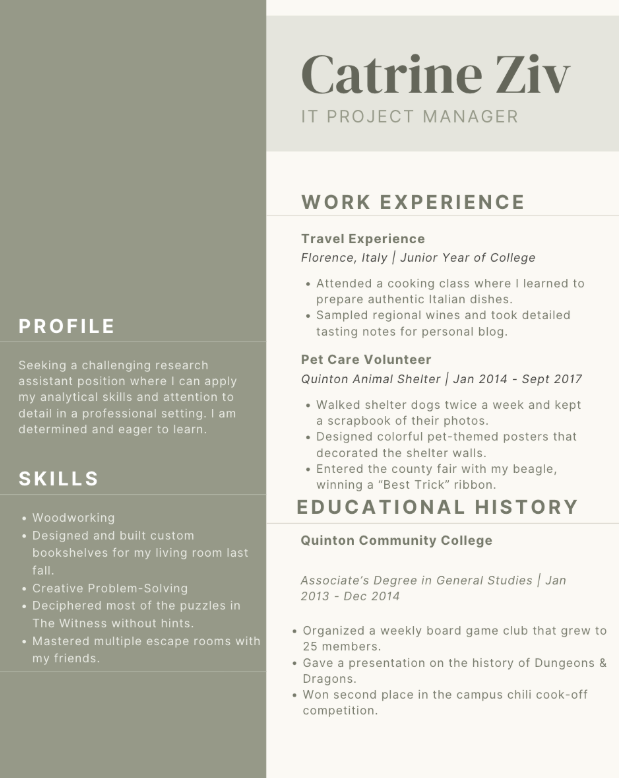
Why Doesn't This Resume Work?
There's nothing inherently wrong with including hobbies in your resume, but it shouldn't look like a weekend diary regardless. These "accomplishments" don't tell the employer how you'll contribute to the job. Focus on professional achievements and proof of results in the workplace.
Resume with Too Many Words
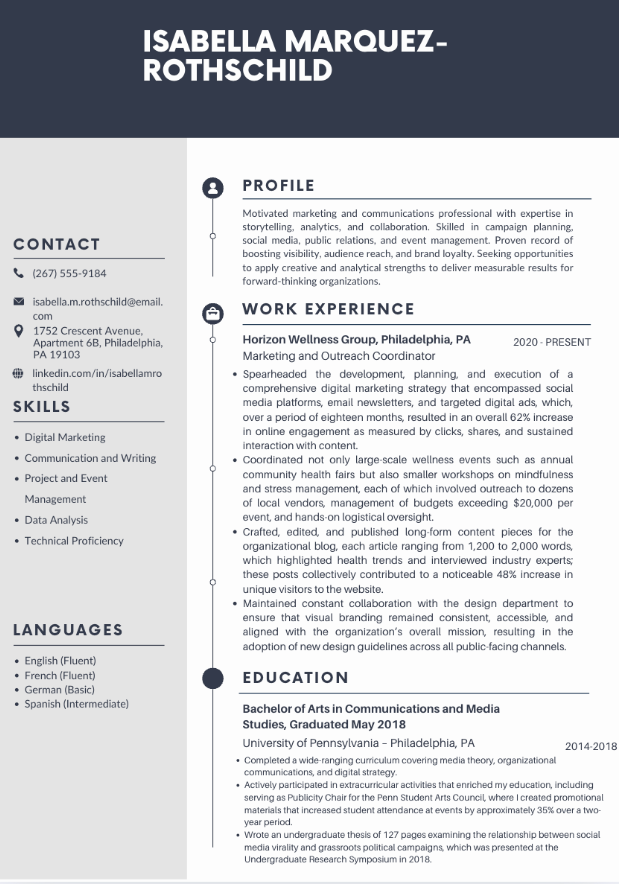
Why Doesn't This Resume Work?
This resume piles on every single detail there is until the weight of it all makes the page unreadable. A manager doesn't care that each blog post tipped over two thousand words; they care about the impact they can see at a glance. By the time you've hacked through one section, the specific achievements are buried.
Resume with Bad Formatting
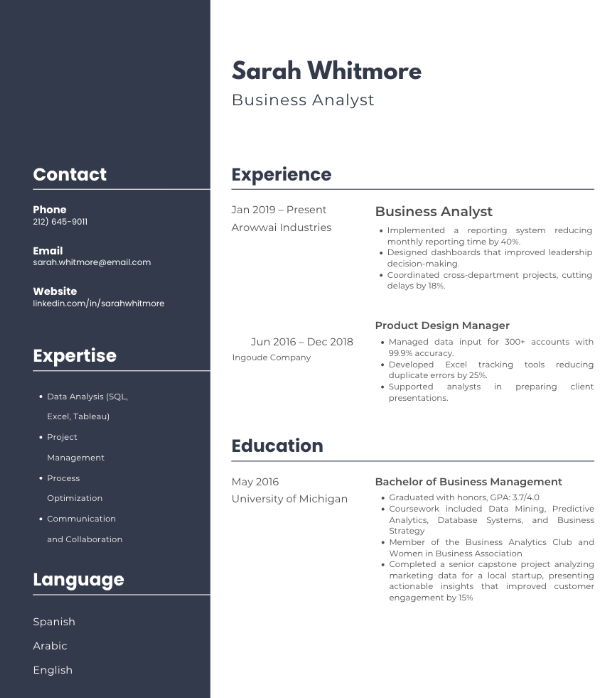
Why Doesn't This Resume Work?
The achievements might be solid, but the layout of this bad resume kills them. Fonts jump in size, spacing feels uneven, and nothing lines up cleanly. A recruiter won't fight the chaos; they'll just move on, assuming the same carelessness applies to the work.
Resume with Exaggerations
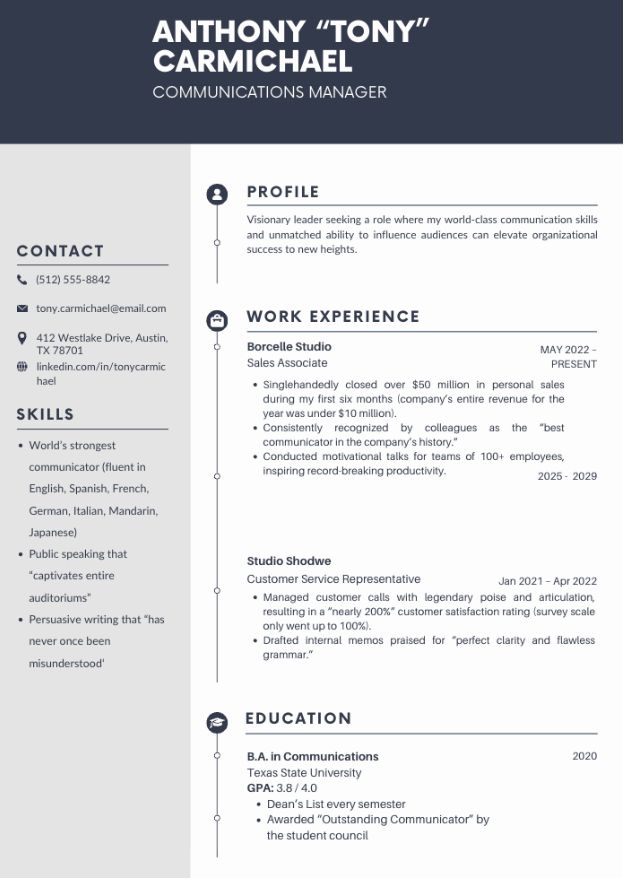
Why Doesn't This Resume Work?
It tries too hard to impress and ends up unbelievable. Nobody closes more sales than the entire company. Nobody scores 200% on a survey capped at 100. A recruiter doesn't need proof beyond that because they'll stop trusting the entire resume right away.
Resume with Unnecessary Information
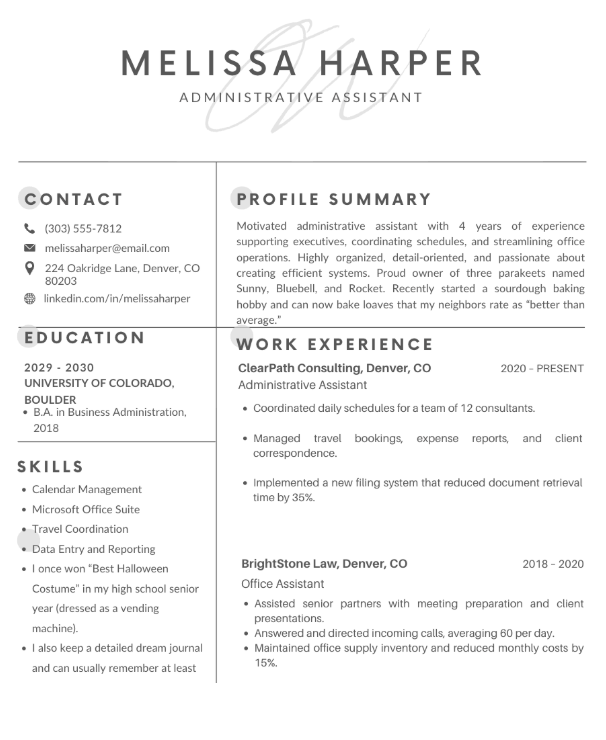
Why Doesn't This Resume Work?
The professional qualifications might be there, but they simply get lost in the noise. The details of the applicant's personal life take up valuable space instead of focusing fully on specific skills and achievements.
Resume with Dramatic Language
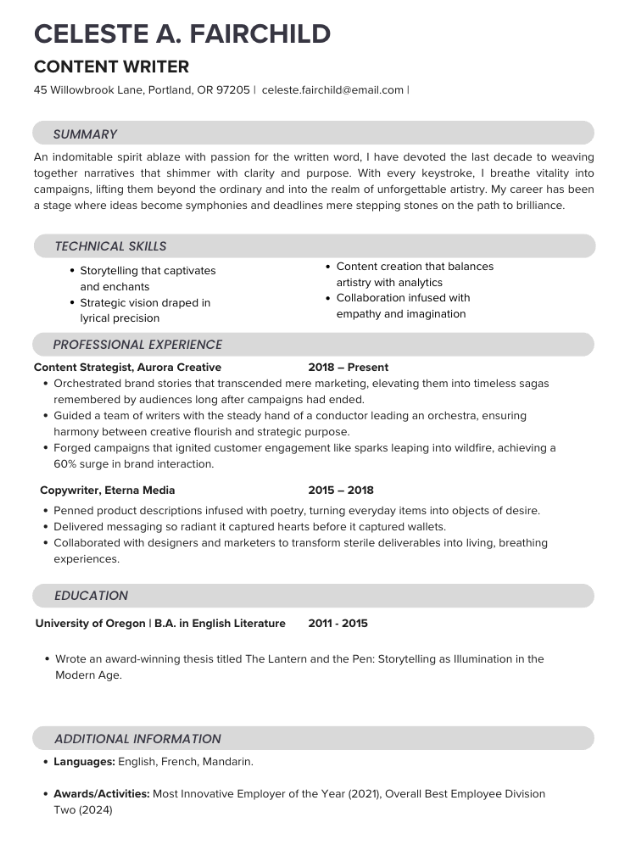
Why Doesn't This Resume Work?
It reads like a novel when it should read like a snapshot. Phrases about "symphonies of ideas" and "sparks leaping into wildfire" sound dramatic, but they don't say what actually got done. The flowery style buries all of that, leaving the impression of someone more interested in performance than professionalism.
Resume Done by an Amateur Graphic Designer
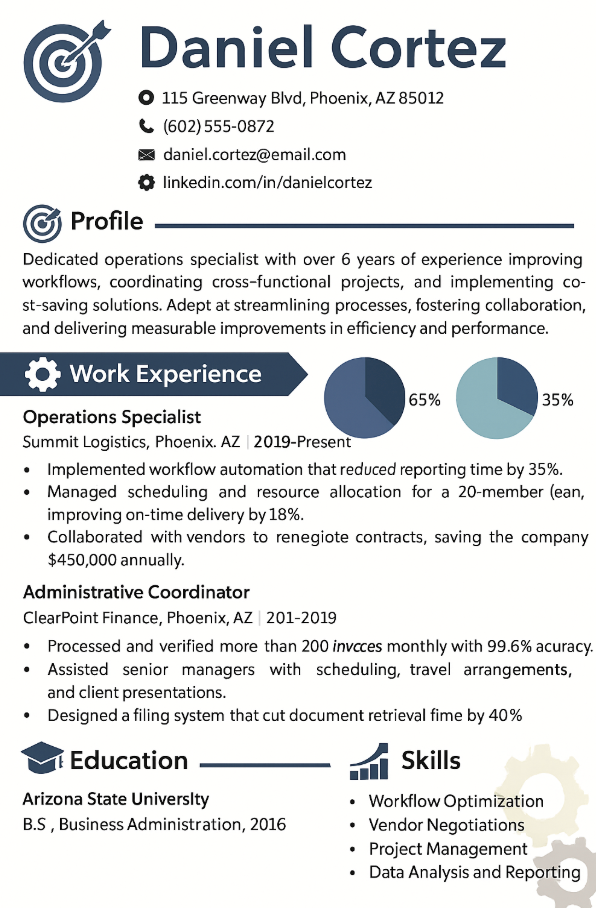
Why Doesn't This Resume Work?
The problem is the noise wrapped around the words. Instead of focusing on professional experience, your eye keeps tripping over distractions. A resume should guide attention, not scatter it. This one feels more like a messy flyer than a professional document.
How Can You Improve Your Resume?
A resume can tank your chances without looking "bad" at first glance. The most common resume mistakes hide in the details: bloated sentences, sloppy design, or lines that sound fine but say nothing. Fixing those details changes everything.
Add Focus
Every extra word makes your accomplishments harder to spot. Instead of long and meaningless paragraphs, aim for sharp lines tied to results. Numbers help: percentages, dollar savings, time cut. Let the recruiter see proof, not filler.
Use Design With Restraint
Fancy fonts and neon icons don't win interviews. They bury your achievements and skills. Stick to clean type, even spacing, and section breaks that calm the page. A quiet design makes your wins louder.
Match Language to the Role
Your verbs matter. "Managed" might be fine, but "led" or "increased" hits harder if the posting stresses leadership. Borrow the role's language and mirror it in your experience. It shows fit before anyone meets you.
Put Achievements Ahead of Tasks
Listing responsibilities is lazy. Anyone in the job could write those. Achievements are what set you apart: deadlines met early, costs reduced, new systems built. Lead with the impact, then show the task behind it.
Test for Skimmability
Recruiters skim fast during the hiring process. One way to avoid common mistakes is this: glance at your resume for five seconds and notice what catches the eye. If the first thing you see is filler instead of actual results, you need to restructure the same resume until the best parts are easily visible.
You can learn how to write a college resume while you're at it with our step-by-step guide for students.
Good vs Bad Resume: What's the Difference?
The gap shows up fast. Look closely and you'll see the signs of a bad resume versus one that's built to land an interview.
Signs of a Good Resume:
- Achievements jump off the page with real numbers.
- The format is steady and easy to follow.
- Tailored resume language that aligns with the job posting.
- Information flows logically, from summary to soft skills.
- The design looks professional and doesn't steal attention.
Signs of a Bad Resume:
- Tasks pile up in long blocks, vague and repetitive.
- Unprofessional fonts, wobbly margins, and too many colors.
- Copy-pasted duties with zero results attached.
- Sections drop in at random with no order.
- Odd personal trivia or gimmicky graphics.
The Bottom Line
A resume can sell you in seconds, and sink you just as fast. The smallest things, sometimes even the ones you haven't thought about before, are the quiet giveaways of a bad resume. They make you look less prepared than you are. Less professional, even. Strong resumes should show outcomes in a way that leaves no doubt about your value as an employee.
And if pulling that together feels like too much, EssayPro can always help. Our writers can help you during the job search: we can even assist with something as specific as a nursing school resume. Just tell us what you need, and we'll make sure we create CVs that open the right doors.
FAQ
What Does a Bad Resume Look Like?
At first glance, a bad resume feels messy. Fonts don't match, spacing is off, and the eye doesn't know where to land. Sometimes the page is filled with hobbies no employer asked about, other times it looks like walls of text with no real results in sight.
What Are Red Flags on Resumes?
Some of the most common red flags in resumes include, for example, gaps in work history that go unexplained. Claims so inflated they simply can't be true. Responsibilities written like they were copied straight from a job ad. Even small details can raise doubts. And once doubt creeps in, trust is hard to win back.
What Makes a Bad Resume?
A bad resume is one that hides the strengths of a candidate instead of highlighting them. Sharp, memorable points are replaced with vague lines and sloppy design. A bad resume leaves recruiters guessing. When they have a stack of CVs to get through, guessing isn't good enough.

Ana Ratishvili
Ana is a professional literary writer with a Master’s Degree in English literature. Through critical analysis and an understanding of storytelling techniques, she can craft insightful guides on how to write literary analysis essays and their structures so students can improve their writing skills.
- 5 common resume Mistakes to Avoid | USC Online. (2024, August 15). USC Online. https://online.usc.edu/news/common-resume-mistakes-to-avoid/
- The 10 most common resume mistakes (and how to avoid them). (2024, June 17). Careers and Employability - University of Queensland. https://employability.uq.edu.au/article/2023/08/10-most-common-resume-mistakes-and-how-avoid-them
- Toby. (2025, January 13). Top 5 resume mistakes. Southeastern Louisiana University. https://www.southeastern.edu/admin/career_srv/student_alumni/build_a_resume/top_5_mistakes/

.webp)



